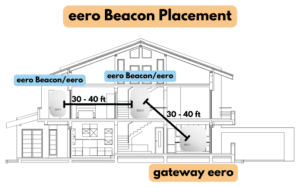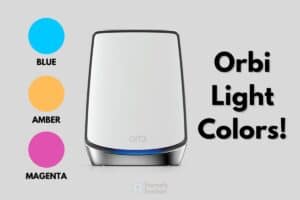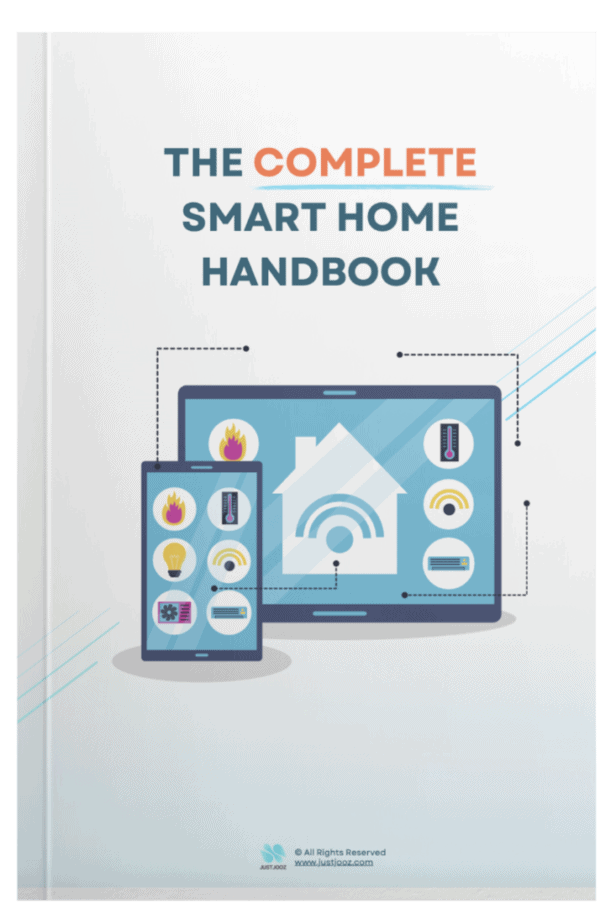How to Clean Rice Cooker? A Complete Guide to Cleaning
We’re reader-supported; we may earn a commission from links in this article.
If you’re someone who enjoys cooking rice regularly, then investing in a rice cooker is a must.
Not only does it make the process of cooking rice easier and quicker, but it also ensures that your rice comes out perfectly every time.
However, just like any other kitchen equipment, using and maintaining a rice cooker properly is crucial for its longevity and safety.
In this blog post, we’ll delve into the best practices for using and cleaning an electric rice cooker to ensure its longevity and safety while also producing perfect results.
So if you want to ensure that your beloved kitchen companion lasts long enough to serve many delicious meals over the years while staying hygienic throughout its lifetime – keep reading!
Importance of Cleaning Rice Cookers
Regular cleaning of your rice cooker is essential for maintaining its hygiene and longevity.
Neglecting to clean it can lead to potential health hazards arising from improper hygiene habits adopted over time.
1. Soaking Method for Inner Pot Cleaning
After each use, the inner pot should be cleaned with a gentle detergent or a specialized cleaning solution designed specifically for electric rice cookers.
To make sure that no food residue remains on the surface, soak it in warm soapy water before rinsing it off with a cloth.
For tough stains, a soft brush or metal tool like a spoon or spatula can be employed to scrape them away before drying them off with a cloth.
2. Removing Stubborn Stains on Hot Plate Surface
The hot plate surface should also be wiped down after every use to prevent any food particles from sticking onto it and causing burnt-on marks when cooking rice again later.
Start by wiping away any loose debris with a moist rag then spray some kitchen cleaner directly onto the hot plate and let sit for several minutes before wiping off with another damp cloth or paper towel.
For tougher stains, you can use an abrasive sponge along with some hot soapy water followed by another rinse using plain water afterward if necessary.
Make sure all soap residue is removed before storing away your appliance until next time.
3. Deep-Cleaning Using Dishwasher Facilities
It’s possible to deep clean removable parts such as lids and steam trays in dishwashers but take care not to put any non-stick coating items into them as this may damage their surfaces over time due to high temperatures used during washing cycles.
Be sure that all pieces are properly dried once finished too otherwise they could rust quickly if left wet for extended periods of time.
It is important to clean rice cookers regularly in order to maintain hygiene and prevent food poisoning.
Furthermore, understanding how to properly clean the removable parts of a rice cooker can help keep it functioning for years.
How to Clean Removable Parts of a Rice Cooker
Cleaning the removable parts of a rice cooker is an important part of keeping it in good working condition. The manual accompanying the appliance should be consulted to identify which pieces can be removed and how to safely clean them without damaging any electrical parts.
This will tell you which components are removable and how best to protect any electrical elements while washing them down with soap and water.
Once you have identified all detachable parts, such as the inner lid, steam cap gaskets, dew collector, spatula, etc., then place these items in hot soapy water for 15-20 minutes before scrubbing gently using a soft sponge or brush.
Once clean, rinse thoroughly under running tap water until no more suds appear. It’s also important not to use any abrasive cleaning agents on non-stick surfaces as this can damage the coating over time and lead to food sticking when cooking rice.
Using metal utensils such as chopsticks, give the hot plate surface a quick scrubbing with light pressure to remove any stubborn stains.
Rinse off the area with hot water afterward to ensure no food residue remains stuck in crevices and be sure not to press too hard as this may cause scratches on the non-stick coating over time.
For optimal cleanliness of removable parts, it is essential to employ a suitable cleaning process and materials. Now, let’s move on to deep-cleaning using dishwasher facilities for an even more thorough result.
Maintaining Cleanliness Routine Regularly
To ensure this, it’s essential that you stay on top of the game by keeping up with a consistent cleanliness regimen.
Start by unplugging the appliance and disassembling all removable parts such as the lid, inner pot, steam vent cap, and any other detachable components.
Make sure each part is entirely dry before reassembling back together again into one unit avoiding letting excess moisture enter into electrical components leading to short circuit issues later down the line if left unattended too long between uses.
Fill a container with tepid liquid and add a small amount of cleanser or cleansing solution (just several drops). Then, dip a soft cloth or sponge in the mixture and wring out most of the liquid until damp before wiping down every inch of your device.
Ensure no sustenance remains are left behind that may cause cross-contamination when you cook the subsequent portion of rice.
If needed, use a metal utensil such as a small brush to scrub off tougher spots stuck onto the surface area but make sure not to damage the non-stick coating underneath while doing so.
Note: please avoid using anything abrasive here too!
I recommend making gentle motions rather than harsh ones especially since we’re dealing with electric equipment here.
Rinse the cloth with hot running tap water and wipe away any soap suds, then dry everything off with a clean, dry rag – moistened if desired though this step is optional.
This may help to remove the last bits of dirt and dust particles more effectively depending on how much grime had built up around the base unit itself previously.
However, be cautious not to leave behind wet patches either or it could cause problems in future usage cycles due to condensation forming within internal mechanisms causing unexpected malfunctions.
FAQs in Relation to How to Clean Rice Cooker
What are the steps in cleaning a rice cooker?
1. Unplug the rice cooker from its power source and let it cool down before cleaning.
2. Remove any leftover cooked food from the inner pot, and discard it in a trash bin or compost heap if possible.
3. Wash the inner pot with warm soapy water using a soft cloth or sponge to remove residue and oils; rinse thoroughly with clean water afterward.
4. Wipe down all external surfaces of the rice cooker with a damp cloth, then dry them off completely with another cloth afterward to avoid streaks forming on plastic parts due to moisture buildup after use over time.
5. Clean out any nooks or crannies that may have built up dirt over time by using an old toothbrush dipped in mild detergent solution; make sure to rinse away all soap suds afterward for best results.
What is the first thing to do before cleaning the rice cooker?
Unplug the appliance and wait for it to cool off before commencing any cleaning. Once cooled, empty out any remaining cooked rice or other food particles.
Use warm water and mild detergent or baking soda to clean the inside of the cooker thoroughly, paying special attention to areas where food may have been stuck.
Rinse with hot water before drying completely with a soft cloth. It is also recommended that you remove any removable parts from your cooker for deeper cleaning if necessary.
Do you need to clean a rice cooker?
Yes, it is important to clean a rice cooker regularly. It is essential to routinely clean a rice cooker in order to preserve the quality of cooked rice and avoid any microbial growth or food residue that could potentially cause contamination.
After unplugging the rice cooker and allowing it to cool, wipe down all surfaces with a damp cloth. For tougher stains, use an appropriate cleaning solution on the affected area then rinse off with water afterwards.
It’s also recommended to empty out any leftover grains in the inner pot after each use for better hygiene and maintenance of your appliance.
How do you clean and shut down a rice cooker?
To clean and shut down a rice cooker, start by unplugging the device from its power source. Next, empty out any leftover cooked rice and discard it.
Then, use warm water to wipe away any residue or food particles on the inner surface of the cooking pot.
Lastly, rinse off all removable parts such as lids and steam trays with mild detergent before air drying them thoroughly and reassembling your appliance for storage.
Make sure to disconnect the power cord again once you are done cleaning your rice cooker.
Conclusion
Routinely cleaning and looking after your rice cooker can help protect against foodborne illness, prolong its life span, and keep it in optimum condition for many years.
With these tips in mind, you can easily maintain the cleanliness of your own clean rice cooker so that it always provides delicious meals made with rice!

Justin Chia
Justin is the author of Justjooz and is a data analyst and AI expert. He is also a Nanyang Technological University (NTU) alumni, majoring in Biological Sciences.
He regularly posts AI and analytics content on LinkedIn, and writes a weekly newsletter, The Juicer, on AI, analytics, tech, and personal development.
To unwind, Justin enjoys gaming and reading.






